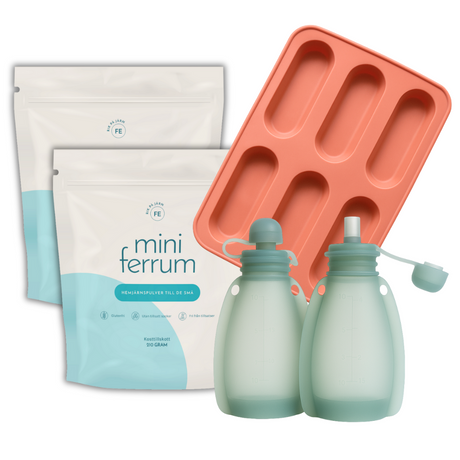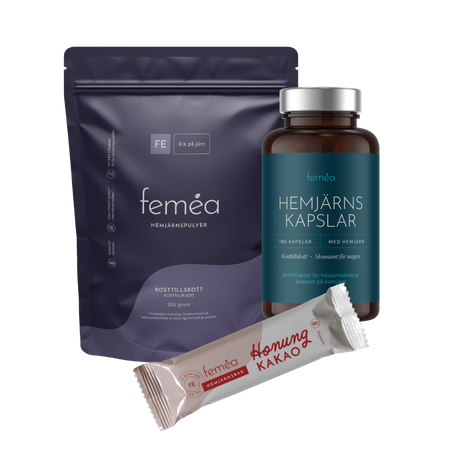A metal is one of those home tools we usually take for granted till it stops functioning smoothly. A desperate soleplate, spring accumulation, or tenacious stains can turn ironing from an instant job right into a frustrating chore. While several commercial cleaners assurance quickly results, they usually include hard compounds that aren't eco-friendly. The good news is, you can clean your iron effectively with normal, everyday objects you almost certainly have in your kitchen.

Why Clean Your Iron Frequently?
With time, Home iron (Hemjärn) materials at large conditions contributes to residue build-up, starch remains, or even burned fibers clinging to the soleplate. Difficult water may also leave behind spring deposits in the steam ports, reducing efficiency. Regular washing guarantees your iron glides easily, stops discoloration clothes, and stretches living of the appliance.
Organic Washing Strategies
1. Baking Soft drink Stick
Mix two tablespoons of baking soda with several declines of water till it types a paste. Apply this lightly to the soleplate with a smooth cloth. The gentle abrasiveness of cooking soda helps raise off deposit without itching the surface. Wash clean with a damp material afterward.
2. White Vinegar Steam Remove
If your water ports are clogged, load the iron's water tank halfway with similar pieces white vinegar and distilled water. Set the iron to water function and allow it release water for a few minutes. This breaks down spring deposits. Bare the tank and refill with new distilled water to rinse.
3. Salt for Tenacious Residue
Spread a small layer of coarse sodium on an item of parchment paper. Temperature the iron somewhat and glide it over the salt in round motions. The sodium assists loosen sticky remains, particularly from manufactured fabrics.
4. Fruit Juice Glow
For an all-natural polish, lower a material with fruit liquid and lightly wipe the soleplate. Lemon's acidity helps eliminate discoloration and adds shine.
5. Cotton Material Burn up Treatment

If burnt cloth is caught to the soleplate, place a wet cotton material on a flat surface and work the warm iron around it. The steam helps release the burnt materials without harming the iron.
Final Recommendations
• Generally allow the metal cool before washing the soleplate.
• Use only distilled water in the tank to stop limescale buildup.
• Wash your iron after each and every use to keep up cleanliness.
By using normal cleaning practices, you not just hold your iron in top condition but also prevent dangerous substances in your home. A well-maintained iron means crisp clothes, less frustration, and a lengthier life for certainly one of your most-used household appliances.
